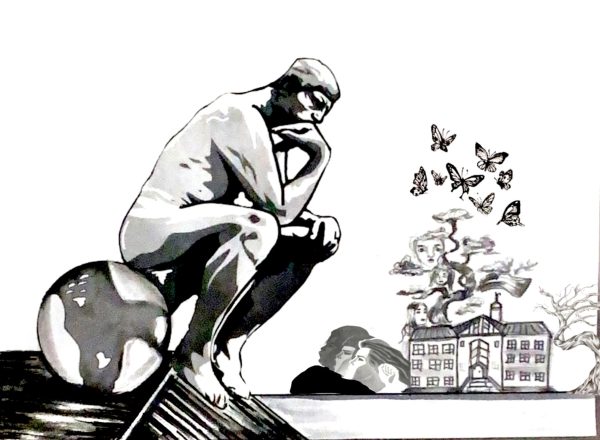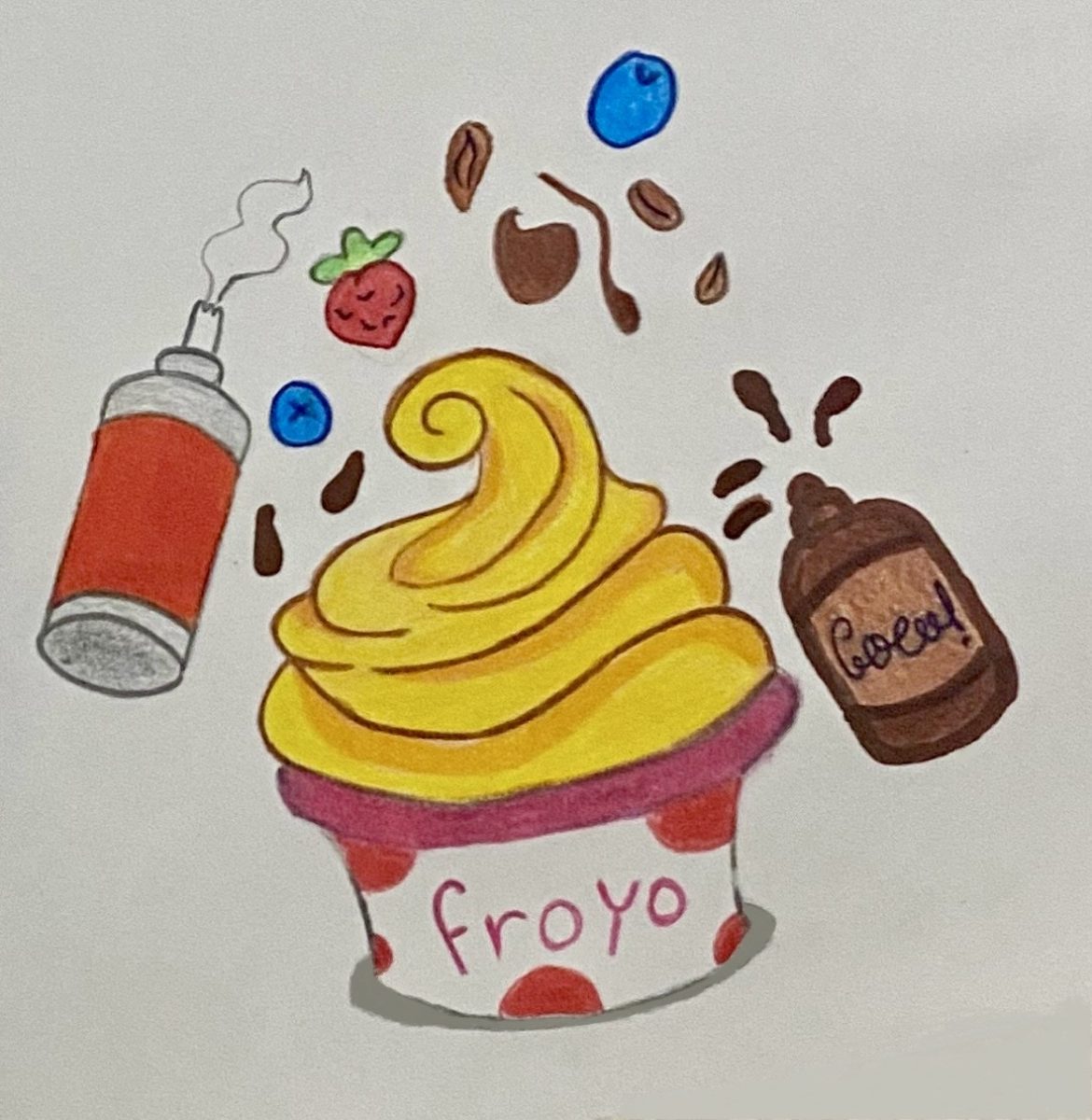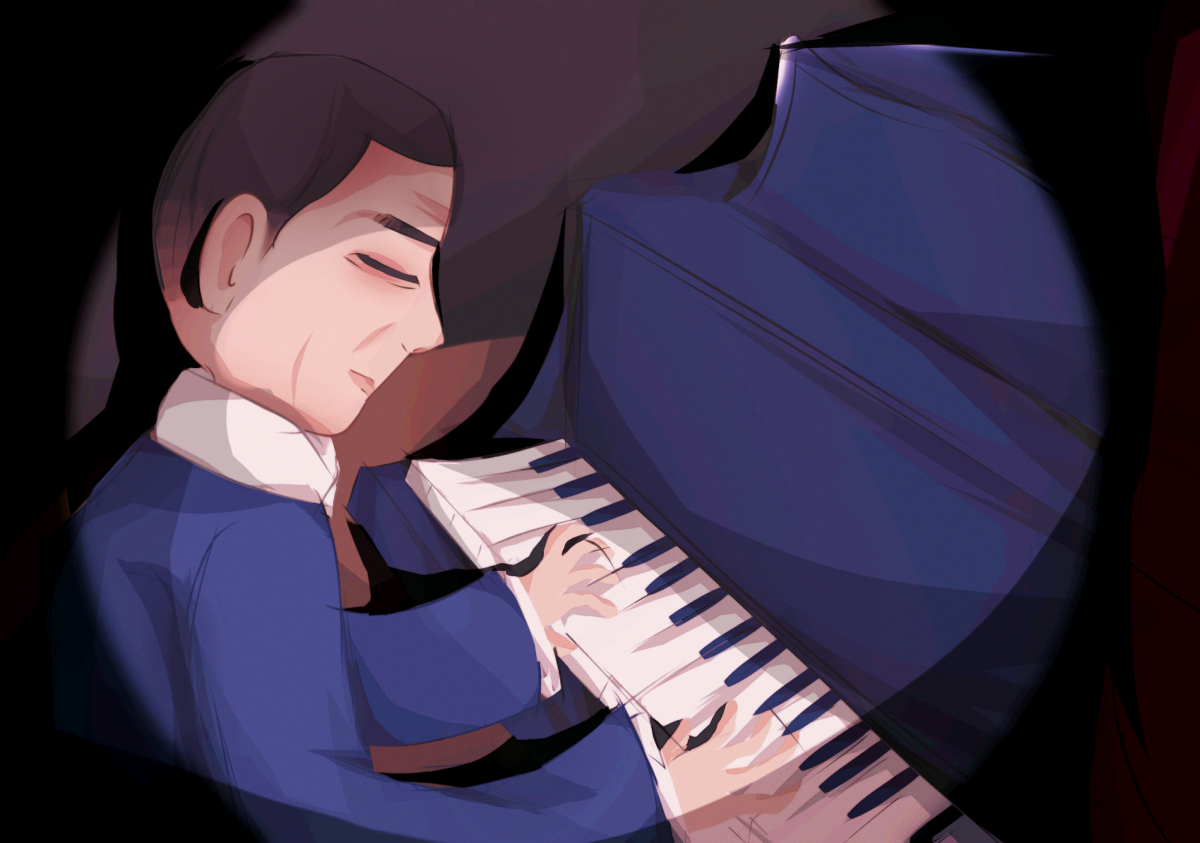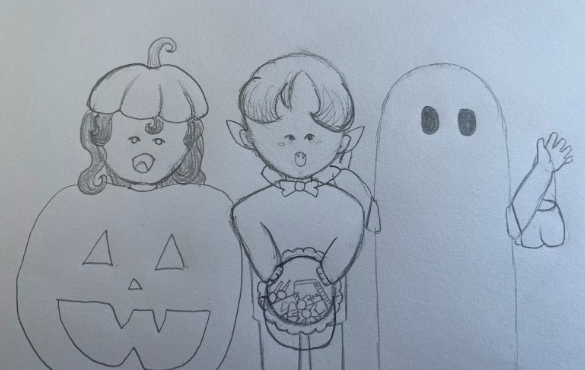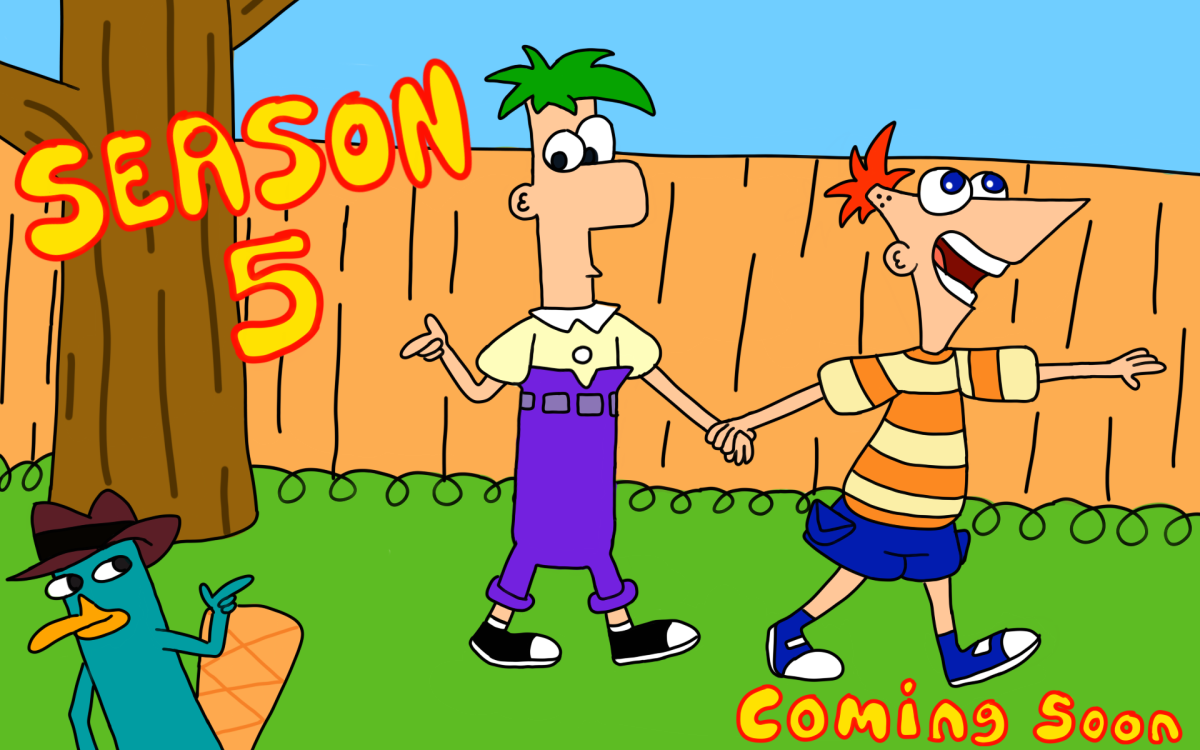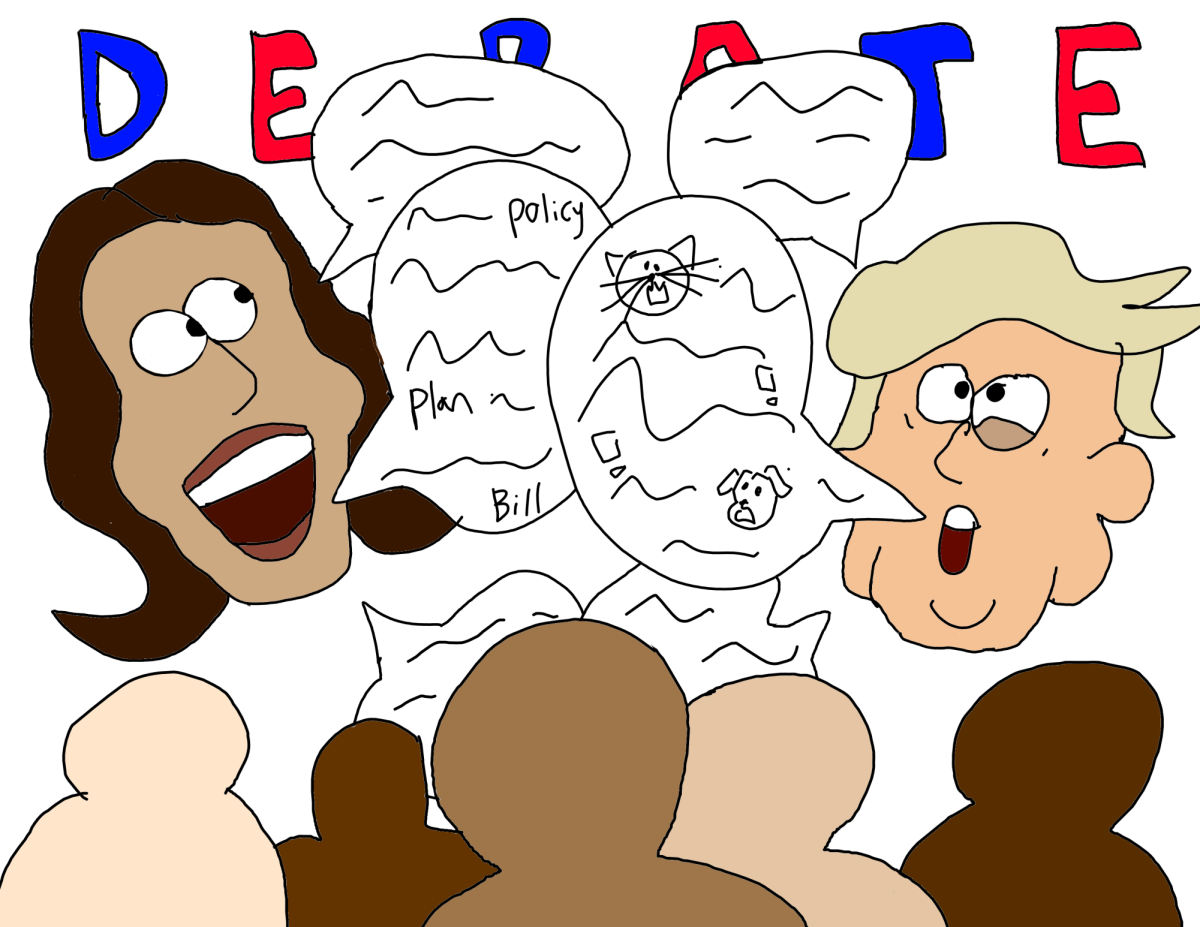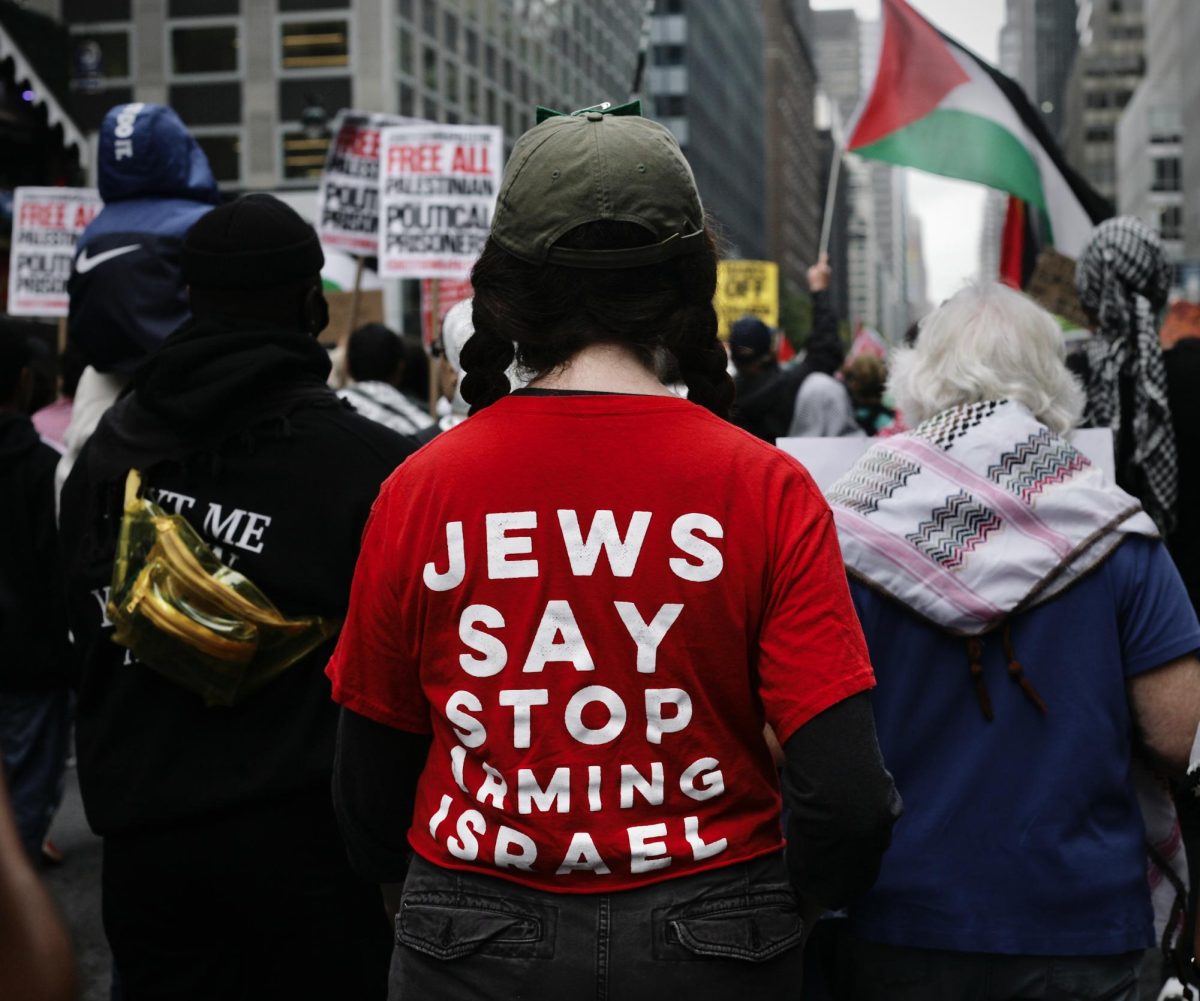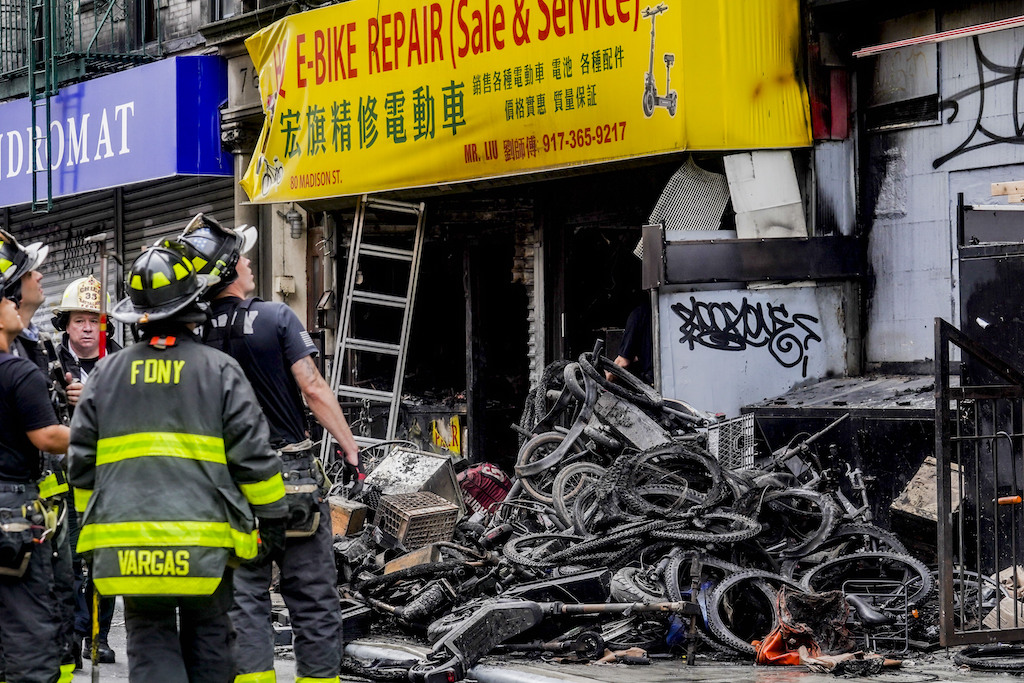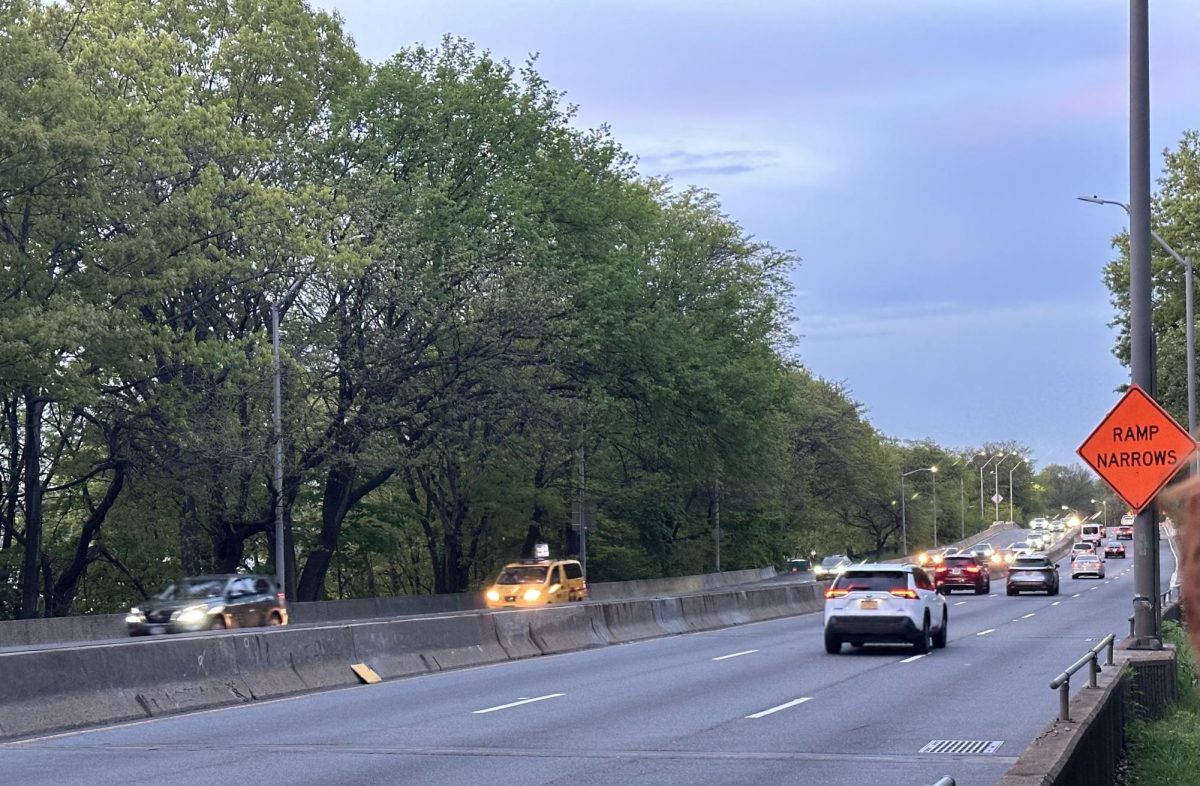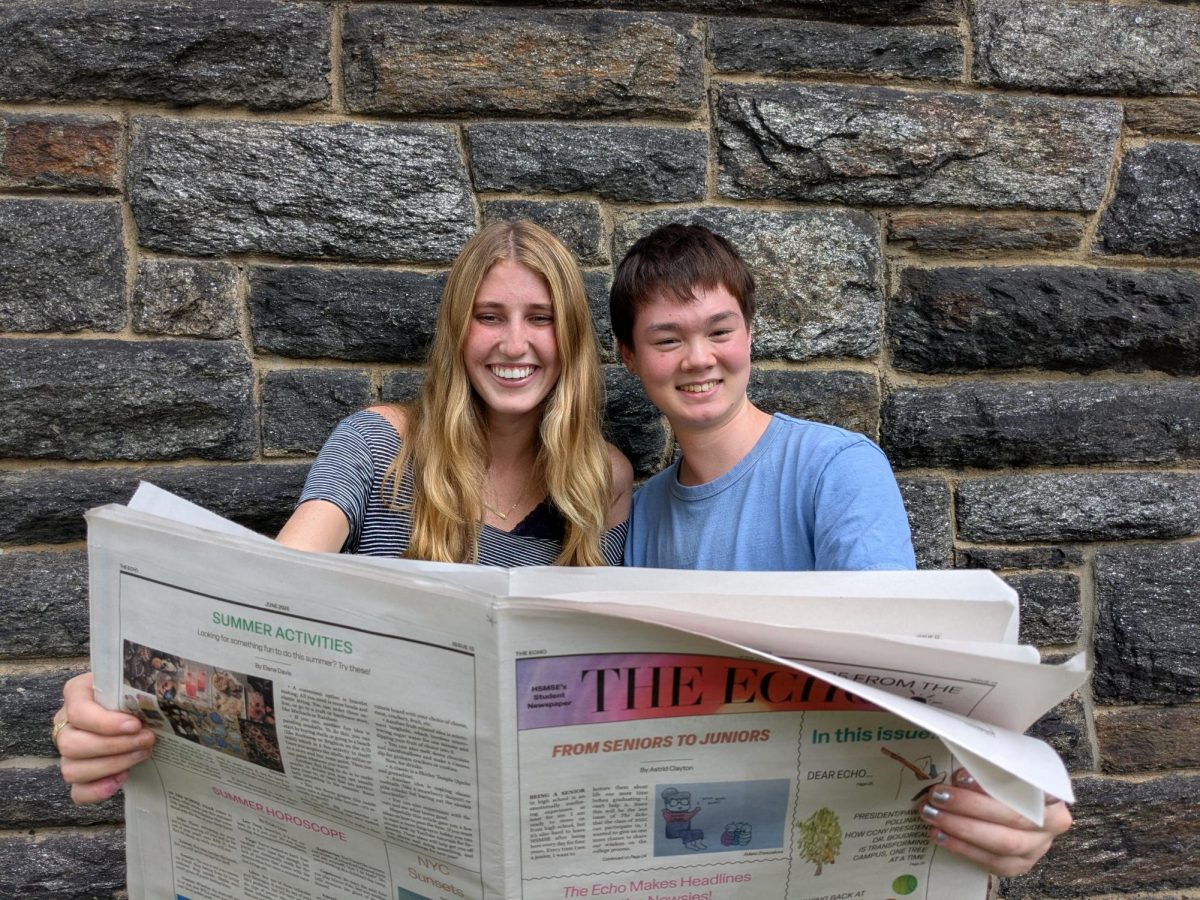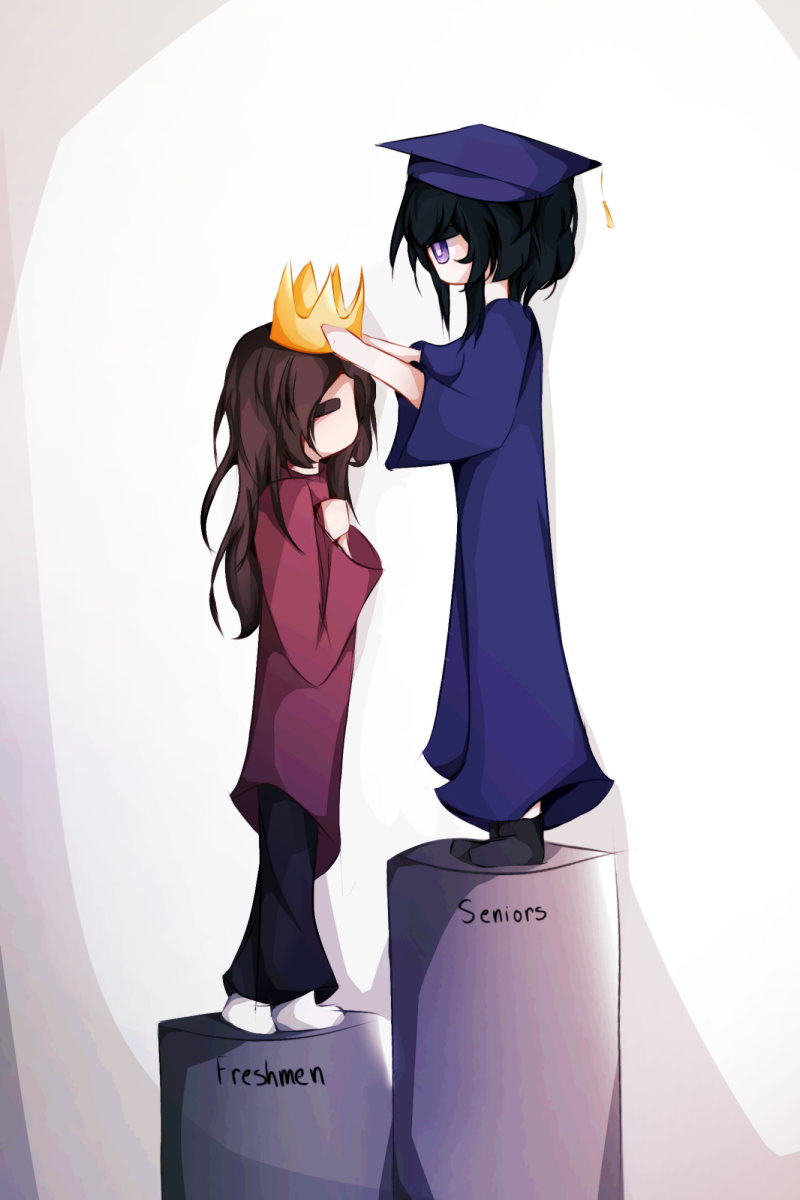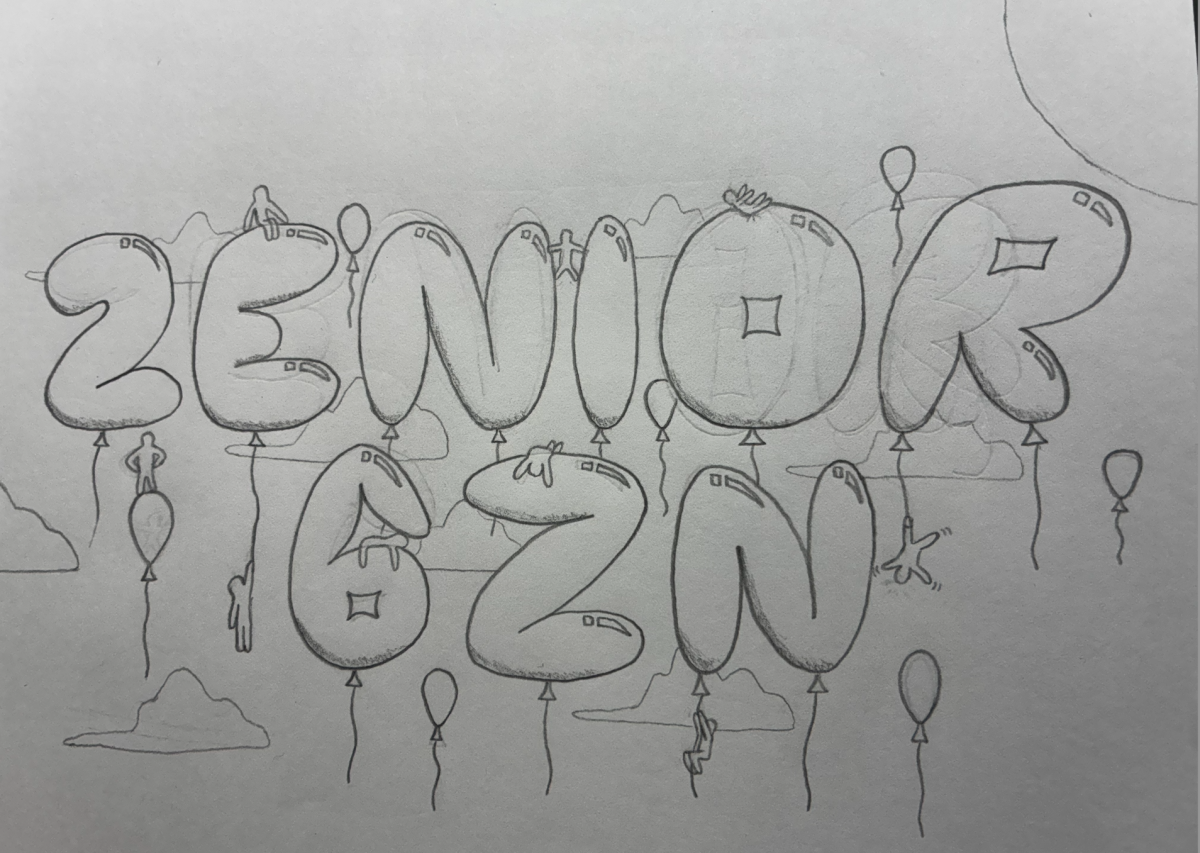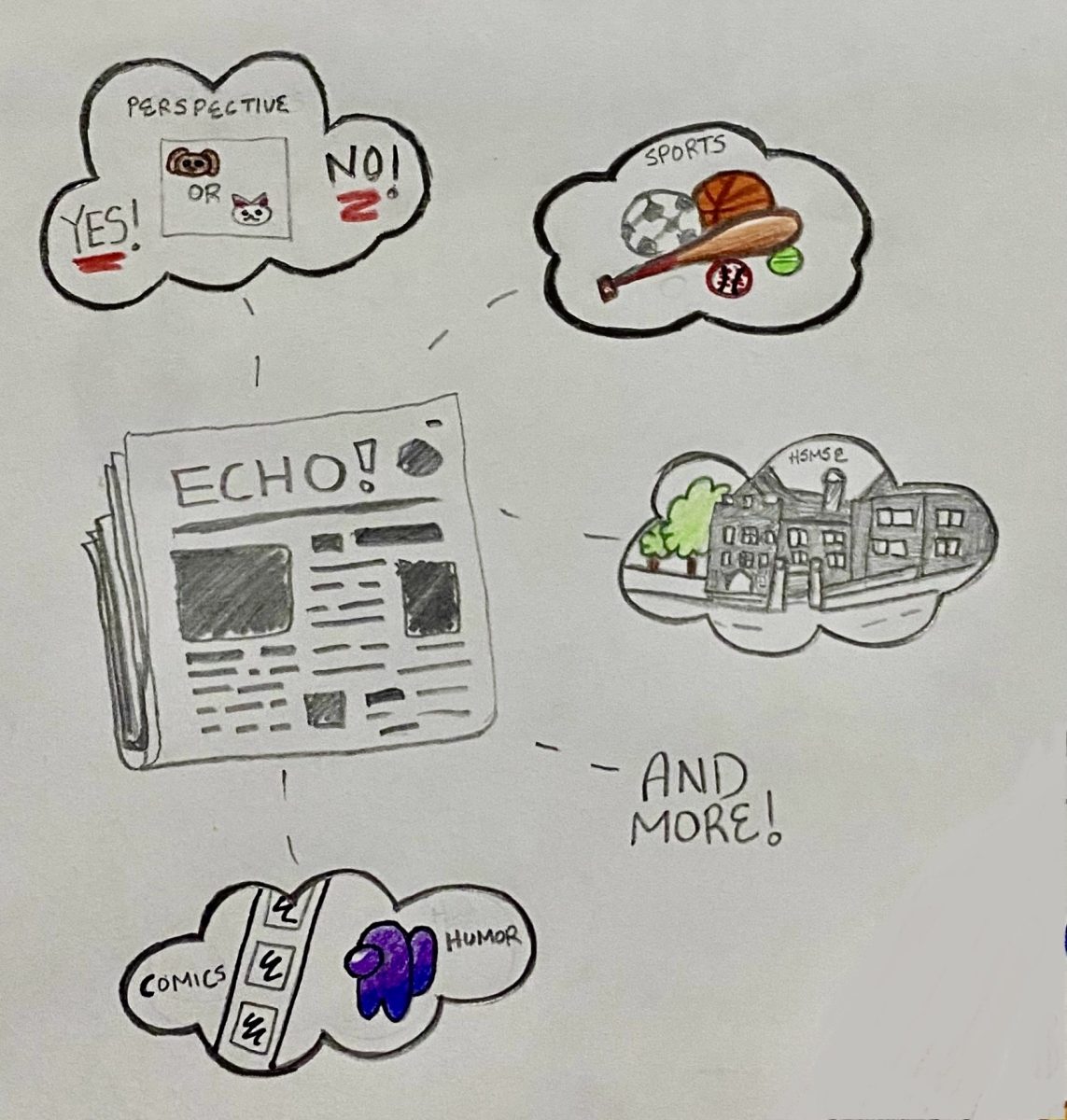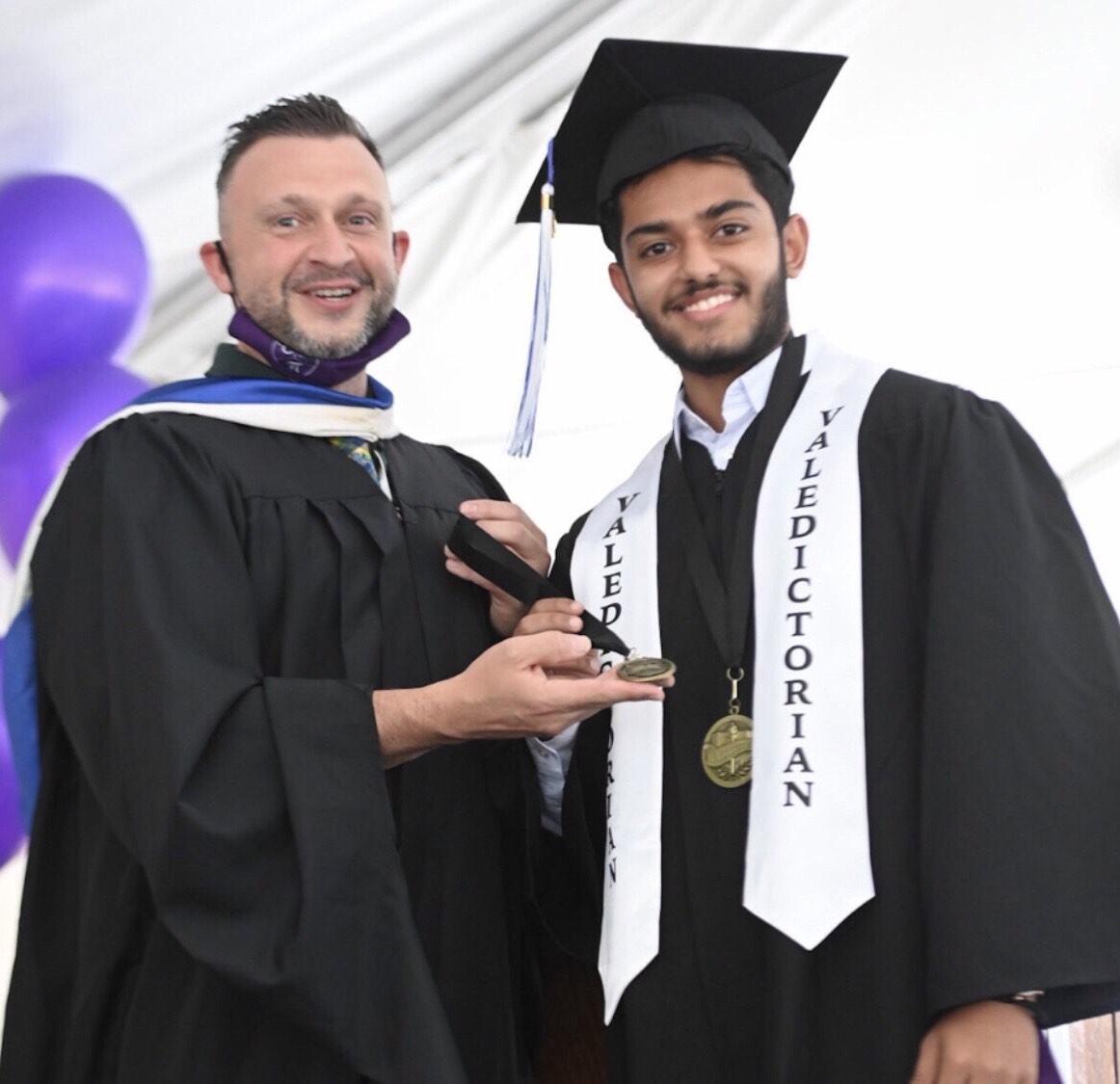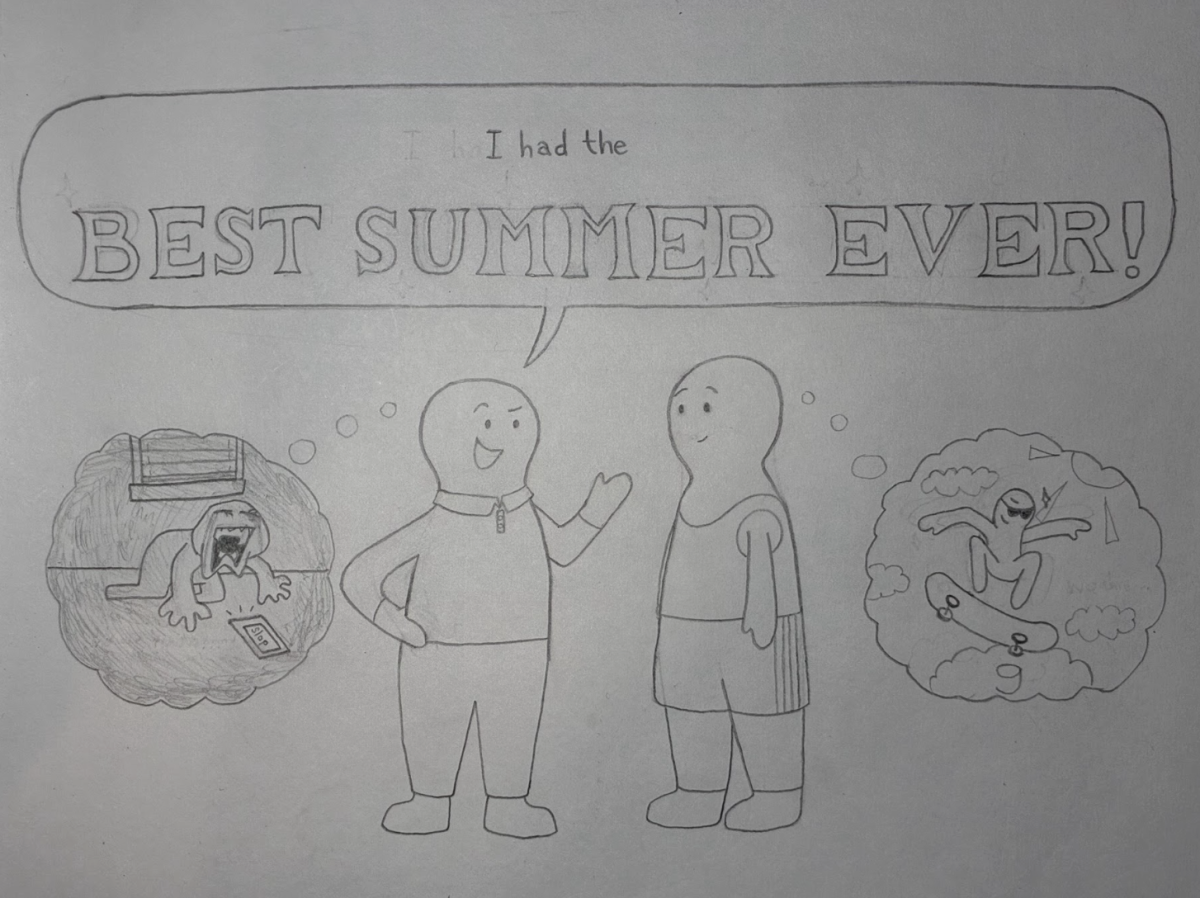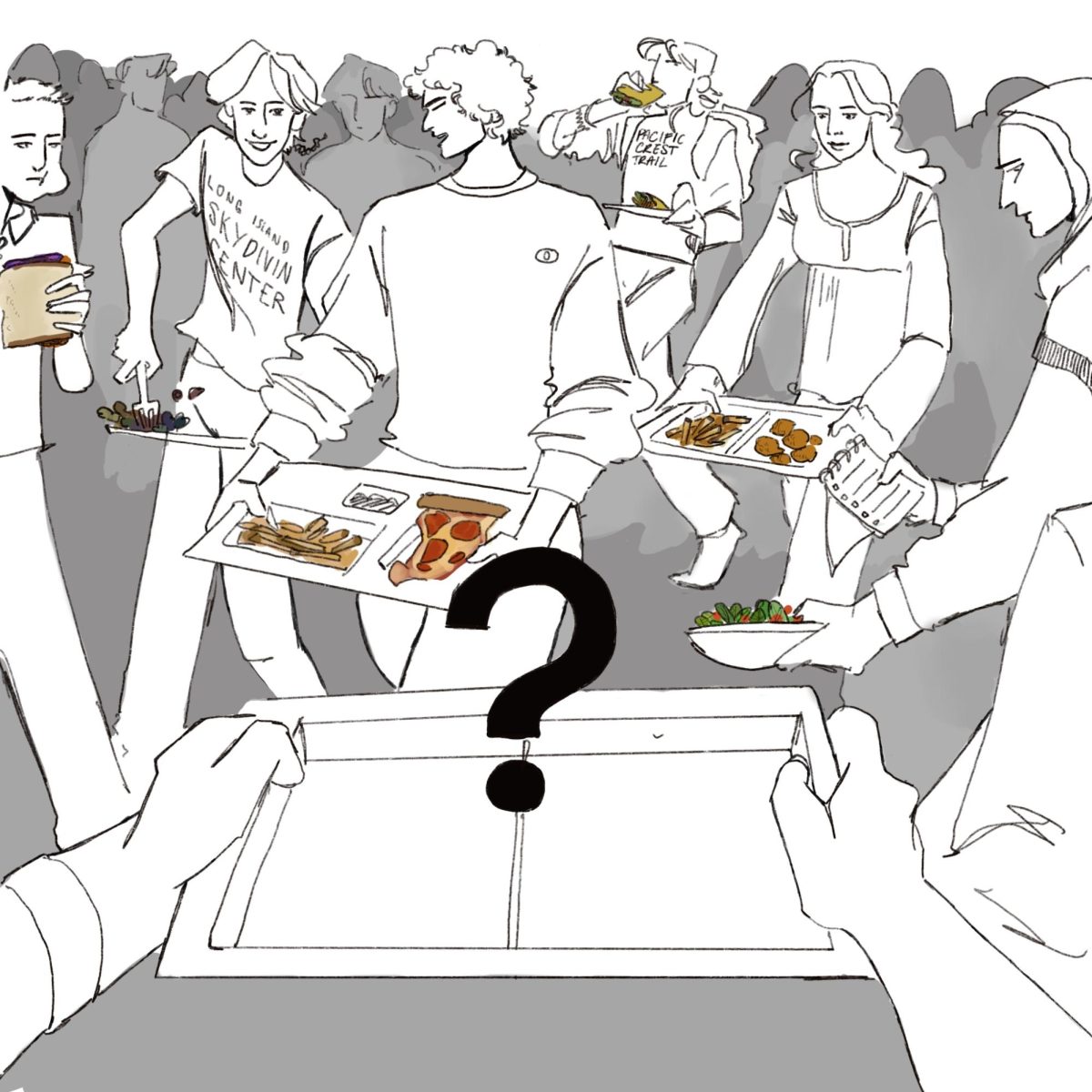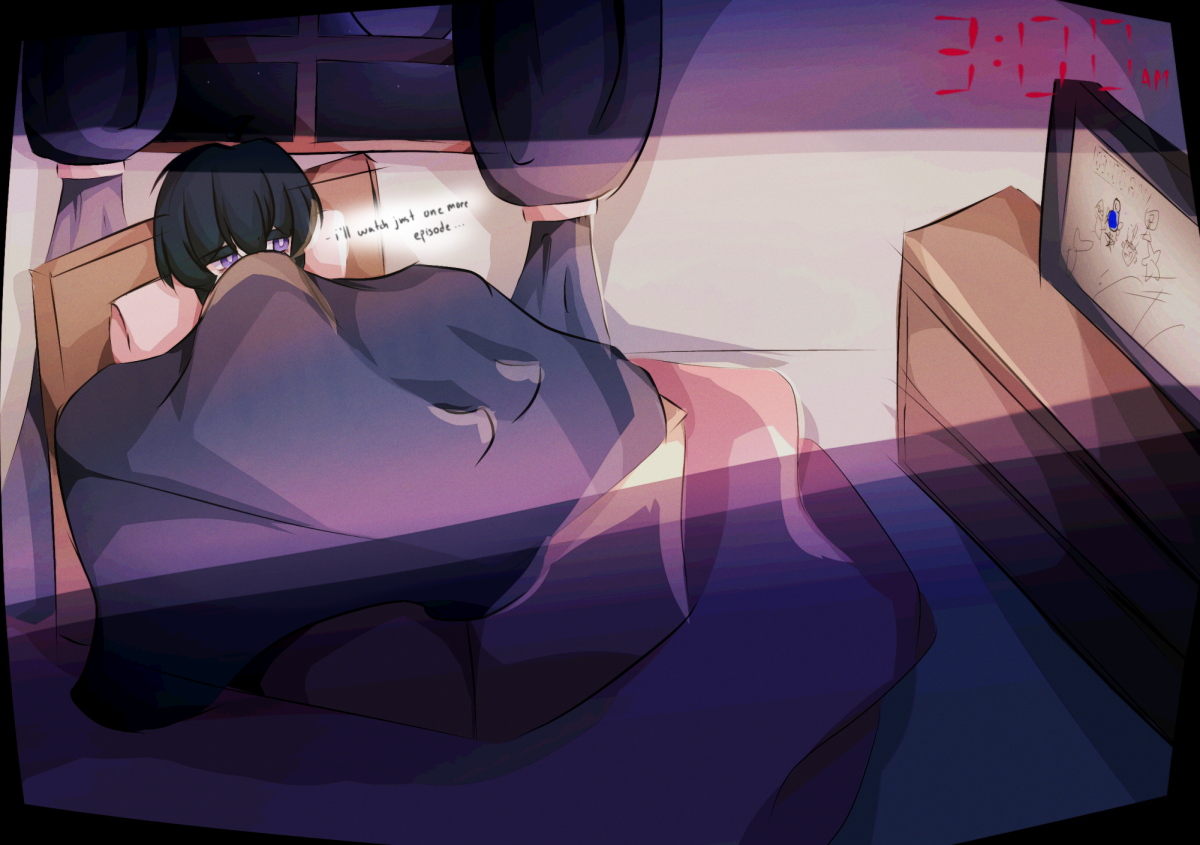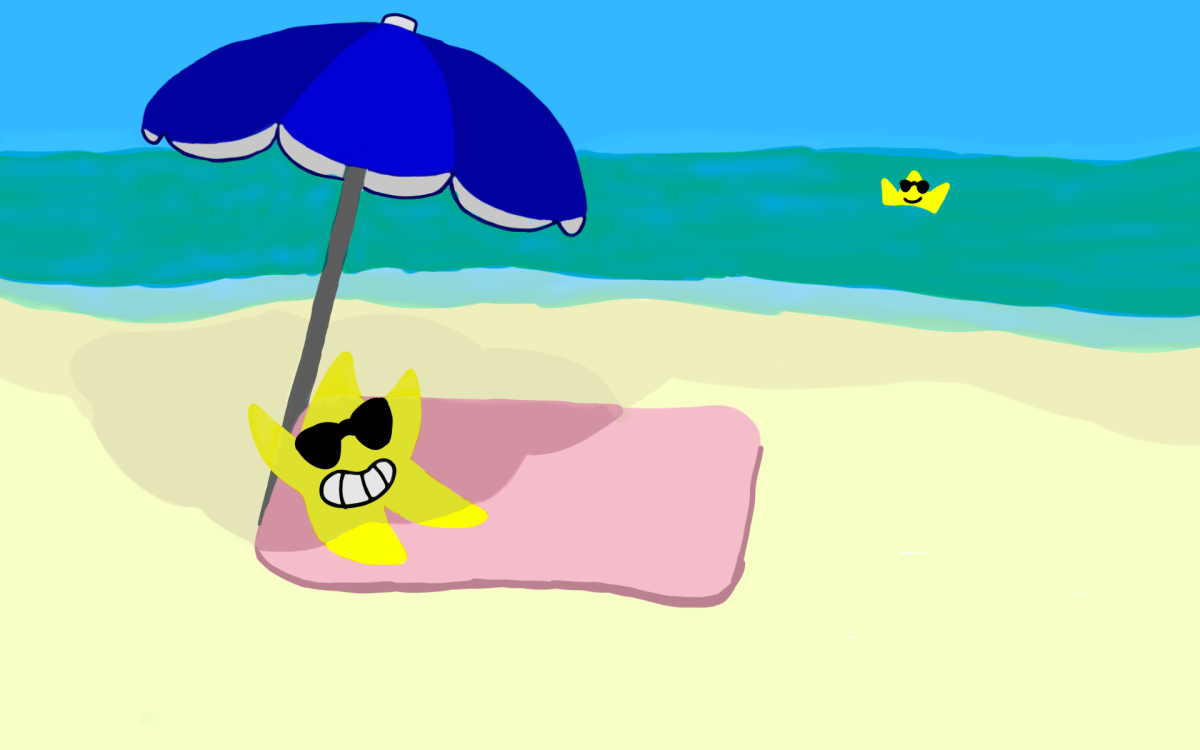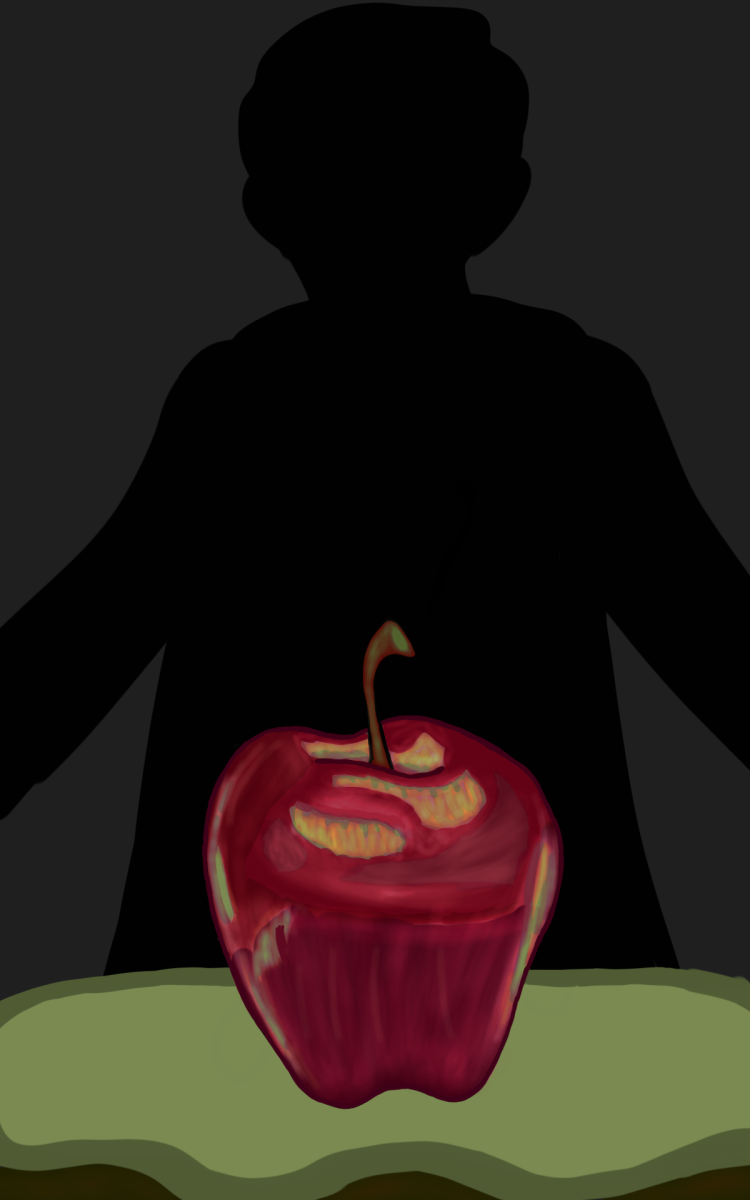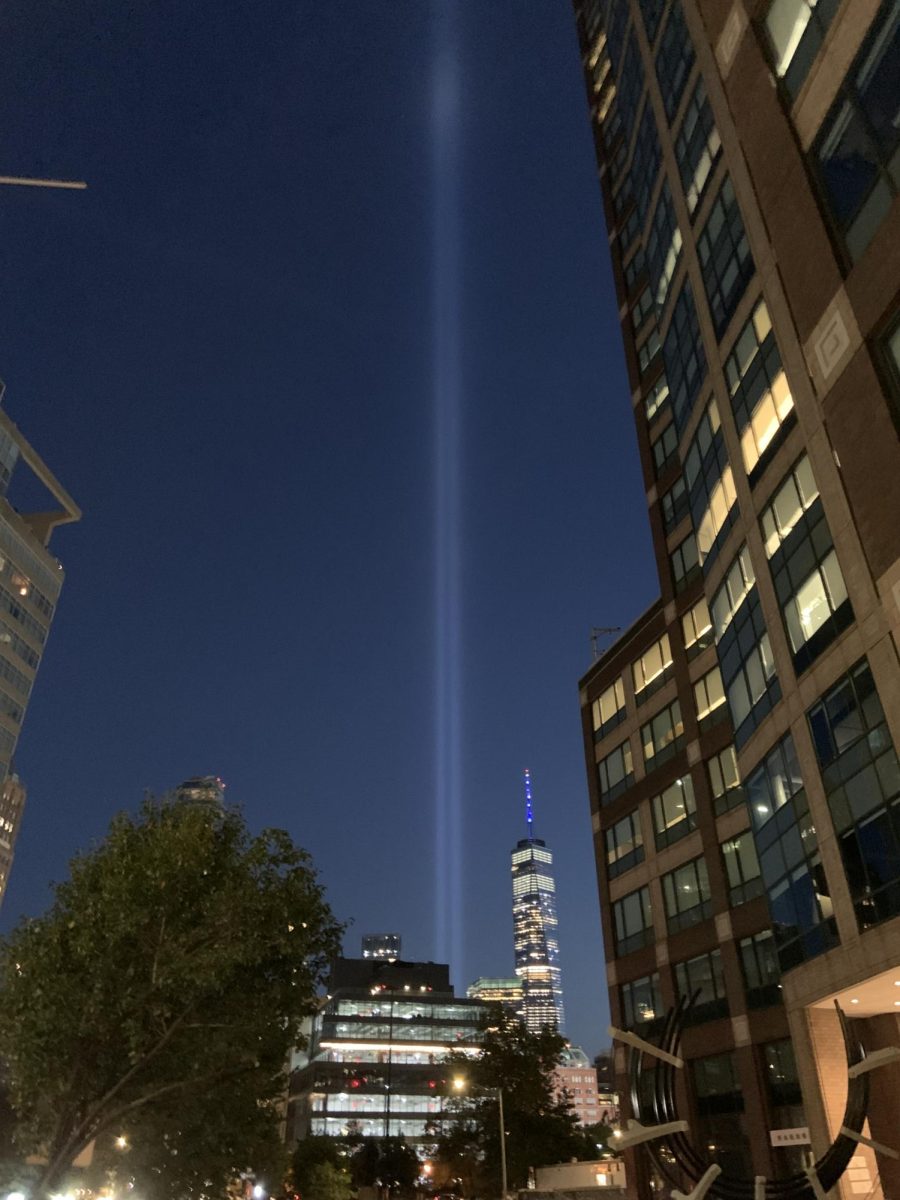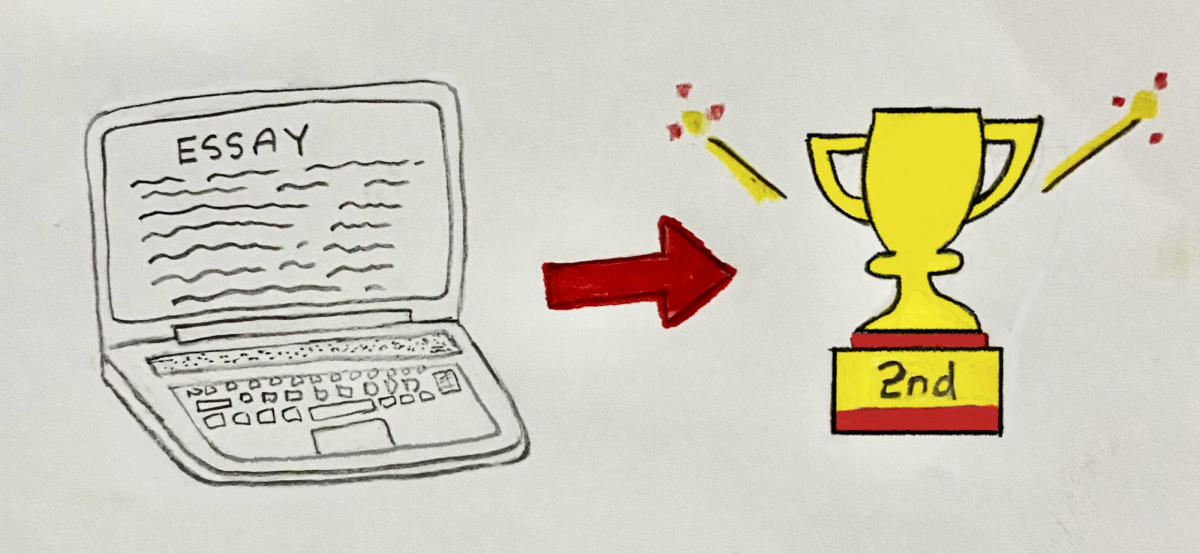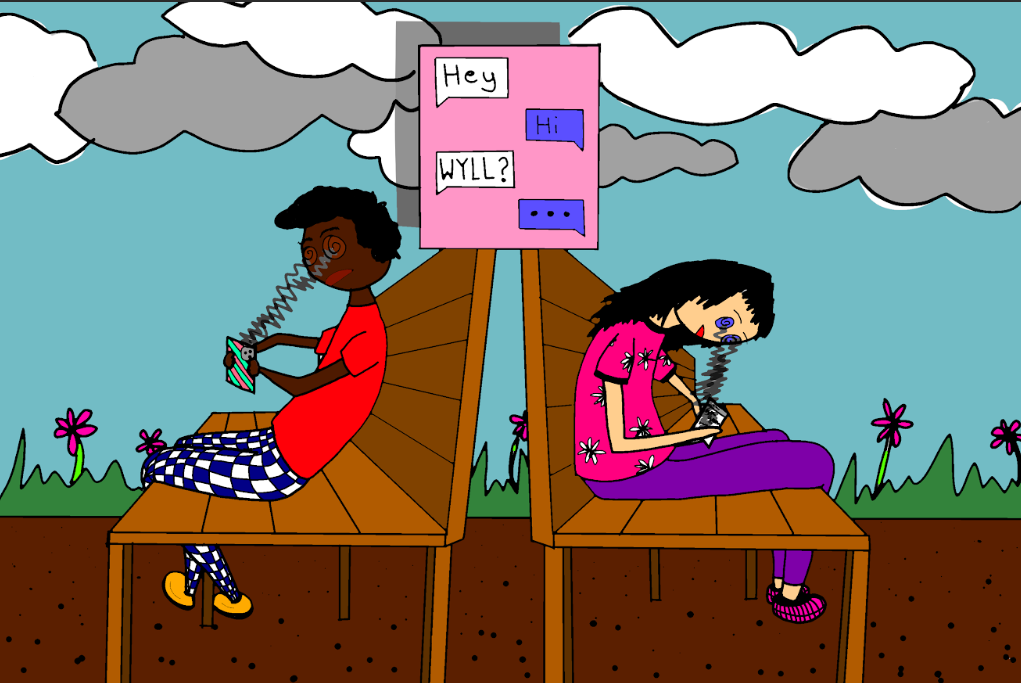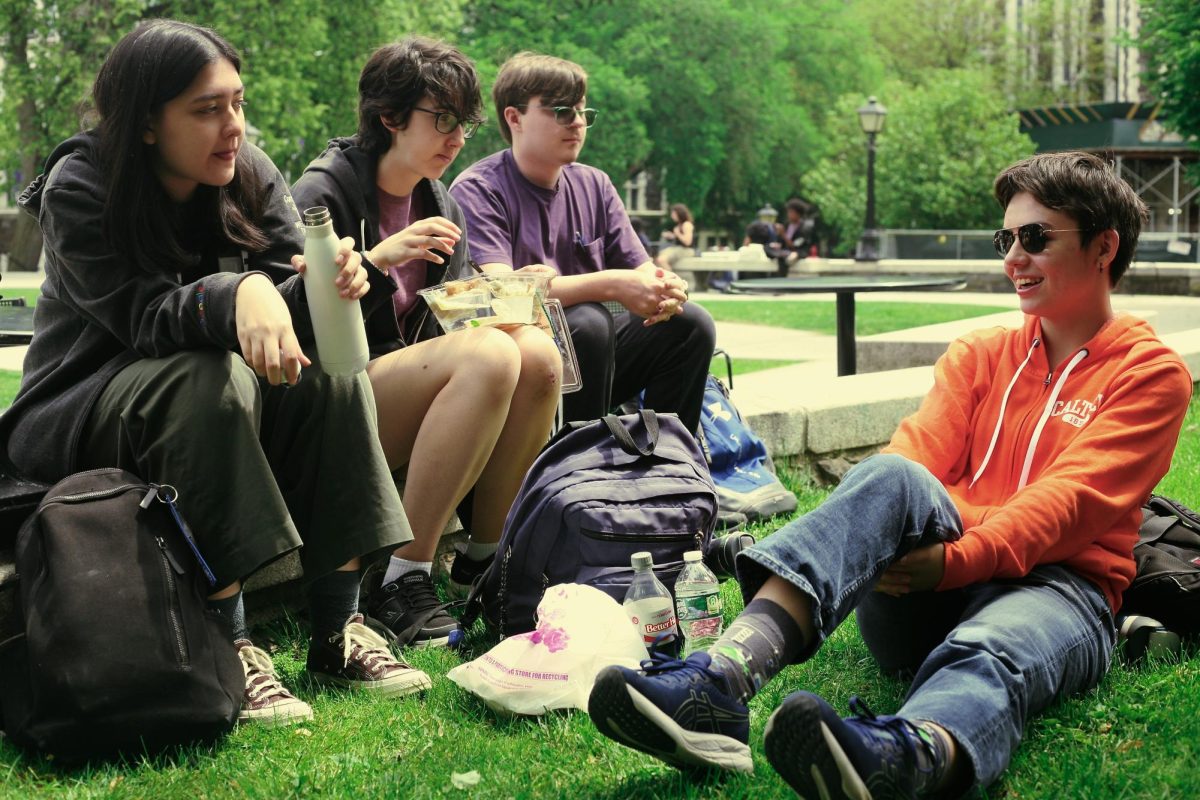I spent the first 8 years of my life in a neighborhood where I went to school with Mexican and Asian kids. Some might call it a weird combo, but tacos and dumplings go really well together. Everyone and their grandparents (the Mexican ones at least) looked like me, acted like me, talked like me, and even had the same shoes as me. Some might say it’s because the shoes I wore were trendy, but I believe it’s because my shoe choices were linked to a subconscious cosmic community of Mexicans. I was part of that cosmic community until third grade when I transferred neighborhoods and schools. All of a sudden my connection was severed, no longer upheld through close proximity. Yet, I barely registered a difference.
I was only vaguely aware that during dismissal I no longer saw a plethora of parents who could have been my mother or father. The kids at my new school couldn’t switch back and forth between English and Spanish. Now I was in a community where everyone, their parents, their grandparents, their neighbors, and even their dogs, were white. Now they were my community.
Since it all happened so fluidly and early, I didn’t care too much. Why would I question the change from Sunset Park, a warm, crowded, and dangerous community, to Park Slope, a cookie cut tranquil white neighborhood? The clear blue skies and countless trees around Prospect Park – now 10 minutes away from where I live – were a welcome change from the hazy smog that seemed to permeate every block in Sunset Park. It was a change I didn’t feel the need to give a second thought, until exactly one year ago, when I made my first new Latina friend, Emily. She made me look past the change of scenery and school opportunities, and reflect on what I had to give up in exchange.
It’s not that I’d never talked to any Latinos before Emily, rather this was the first time that I’d bonded with someone on a deeper level, who also happened to be of similar ethnic descent as me. What shocked me the most were the similarities that we found in each on no other basis other than the fact that we both had immigrant parents who spoke Spanish and were brown. We connected on so many shared childhood experiences: such as our parents’ reactions after a bad test grade, a lack of privacy, and the unique mix of shame and pride that shadows all of our actions as we work hard to make our parents’ sacrifices worth it.
After meeting Emily and getting to know her, I started questioning why it took 8 years for me to make a new Latina friend. The last time I’d been close to someone like me had been in second grade when my best friends were Latina twins. I used to go to their house to play, do homework, and have sleepovers (just kidding, my Mexican mom would never allow that). But after moving schools I lost contact, and forgot about them until 8 years later.
In my new school, I shrouded myself with Greek friends, white friends, who I couldn’t connect with in many aspects. The reason was that there were mostly white people in my new school. Yet there were certain things they couldn’t understand without explanation. Just as John Ethan, the senior who does daily announcements, said as I ran behind him through the halls of HSMSE, “…being Hispanics there are some things we are used to that other people that aren’t don’t get. Like at parties when we’re mad young we used to fall asleep right next to speakers, which were blasting salsa and bachata. Loud music is something that resonates with us that other people may find obnoxious or boisterous.” While this was partially an excuse to blast music on his speakers in the quad, he also voiced an opinion I’ve felt in the past.
He voiced the beauty of connecting with someone similar to you: the mutual understanding brought by similar experiences erases the need for any sort of elaboration. Everything that needs to be said is sometimes shared through a singular meaningful nod, releasing us from the tedium of having to make ourselves known and understood, and instead, we are free to simply be. Emily and John Ethan and countless other Latinos simply get it.
After this revelation and my newfound comfort in Emily, I did start to self-reflect, tormenting myself over why I’d lost contact with all of my Hispanic friends. Why had I surrounded myself exclusively with white friendships in middle school? While the amount of POC was small it wasn’t non-existent. Yet I never sought them out, I never tried to forge the same solidarity I discovered years later. Why? Perhaps it’s because all I’d become comfortable with had been to be with primarily white friends. HSMSE forced me to break old habits as I was thrust into a more colorful community.
I don’t devalue my old middle school friends, but I acknowledge the huge impact they had in shaping my personality and experiences. After all, it’s because of them I came to this school. For a few months, all they would talk about is the SHSAT, their interest sparking my own and I started studying, all leading me to getting accepted to my first choice. For this I am grateful to them. Yet there are other less-tangible aspects of my life I sometimes wonder about. Did my bashfulness originate from my friends? If I had been with other Latinos, would I be less of a teacher’s pet (Ms. Walker confirmed)? Perhaps I’d be less obsessed with grades and that extra half point. Would my political stances be less liberal?
My personality and all my attributes do not come just from my old friends – after all I do have some natural unique flair. However, when we make friends and decide who we will spend our time with, who we will allow to shape us, we are making a choice that lasts beyond the foreseeable tangible future.
I am not lamenting growing up with only white kids and wishing I’d been surrounded by only Mexican kids, but I am lamenting not having had the option to be influenced by Mexican, Asian, or Nigerian kids — anything other than white. Thankfully I am still growing and developing and now I have the opportunity to be shaped and influenced by a variety of people and cultures at HSMSE. I didn’t choose who I grew up with, none of us did, but I do get to choose where I go to college. I get to choose where I spend my next four years and the people who will surround me. So much self reflection has made me value diversity when exploring colleges. Whereas before being surrounded by people who looked like me, talked like me, and could relate to me on a cosmic level used to be a nice perk, it has now become a requirement. I promise to myself to never go back to the isolation I experienced from the ages of 8 to 13.
Racial diversity is like a mosaic where the colors don’t only interact with those different from themselves, but rather look to create harmony with alike and different at the same time. To only create an art piece with one color is to have a limitation, but the other extreme of contrasting color after color simply creates a muddled mess that doesn’t look good. The perfect mix of both complementing and contrasting colors will always look good. Though just like color theory there is no one clear cut answer for the perfect ratio for both diversity and sameness.
